PPC (pay-per-click) advertising puts many small business marketers off because they think it’ll be too expensive. But you can use PPC campaigns to your advantage without draining a limited budget. You just need to know how to do it. So, here are three powerful ways any small business can add PPC into the marketing mix and make a positive ROI (return on investment).
1. Target the Top of the Sales Funnel
It’s a well-known fact among marketers that prospects need to engage several times with a brand or marketing message before they’ll take action. The classic figure is seven times, and more recent research into internet search behavior suggests 10 or more. So, you need to get your brand seen and your message heard right at the top of the sales funnel to trigger recognition and engagement further down.
An extensive commitment to first-class content marketing and SEO is the best long-term strategy to achieve that visibility in the SERPs (search engine results pages.) However, PPC has a vital role to play. Content marketing is a necessary strategy but a slow one. While you wait for your content to climb up to a first page spot, get in there with PPC. Target top level, long-tail keywords tied to your core content.
You pay to hook your prospects into their first engagement, but then your branded content baits the hook, pulling them seamlessly into the next level without further cost. Once you have the prospect in your funnel, they naturally follow through to the final purchase (assuming you know what you’re doing with your content marketing strategy).
2. Use PPC to Re-Target Warm Leads
When a prospect clicks on an advertisement or visits a product page but clicks away again without following through on a purchase or other call-to-action (CTA), you may think you’ve lost the lead. But you’d be wrong. What actually happened is you turned a cold prospect into a warm lead to whom your brand and UVP (unique value proposition) are now recognizable.
If you don’t follow up, the lead may go cold. But statistics show that if you can recapture that now warm lead’s interest, they’re over 50 percent more likely to convert. Put a percentage of your PPC budget into re-targeting “lost” leads.
You can use social media advertising channels, the Google Ads Network, and others which have tracking and re-targeting tools built-in. With a strong campaign message, clear branding, and a good attribution model, a re-marketing campaign offers a small business the potential of a powerful ROI. And with PPC, you’re always in control of your spending.
3. Focus on Building Your List with PPC
You may be familiar with the terms macro-conversions and micro-conversions. If you pull a lead into the sales funnel and progress that lead quickly to a sale, that’s a macro-conversion. If you turn a lead into a mailing list subscriber but make no immediate sale, that’s a micro-conversion. You may be keen to make as many macro-conversions as possible to maximize turnover. But micro-conversions can be more profitable in the long-term.
If you use PPC search advertising to push your mailing list, you may not make any money straightaway when a prospect clicks through, but you now have another hot lead on your list. That’s a lead to which you have direct access for all your re-marketing campaigns. You can convert a subscriber into a repeat-buying, brand-loyal customer down the line. A responsive list is worth more than a one-off sale as it can provide a steady income stream for years. And that represents a much better ROI from your PPC campaign.
By managing the right campaign and targeting long-term outcomes with higher ROI, any small business can succeed with PPC advertising. You need not be a big player or have a huge budget at your disposal. Use the three tactics explained here, and your small business can punch well above its weight.

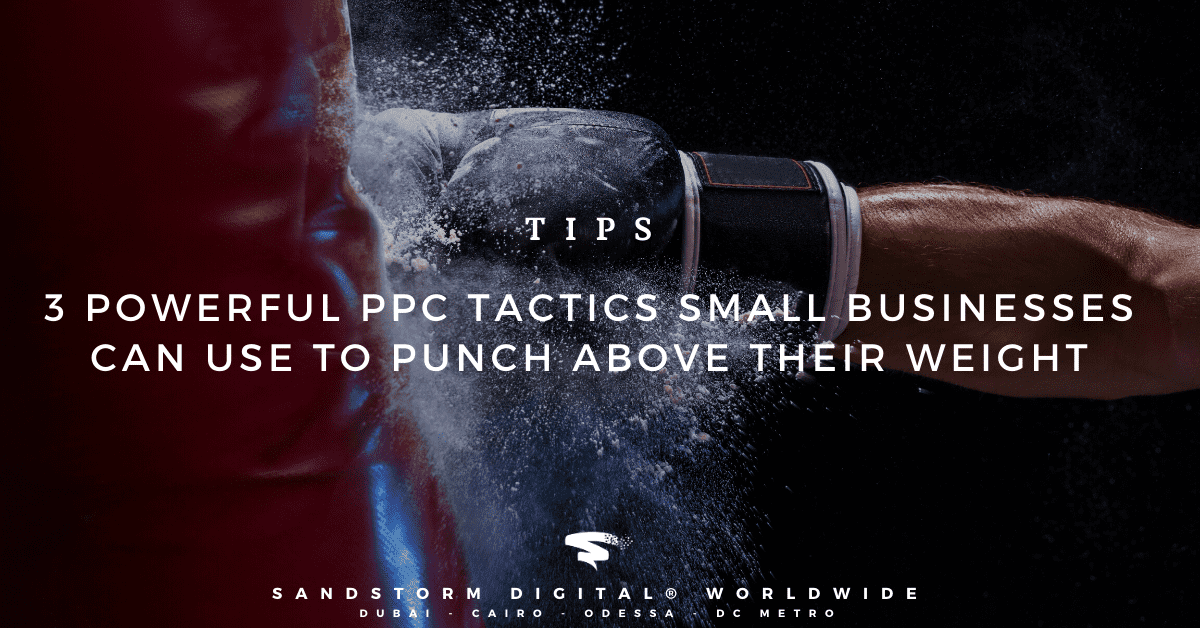

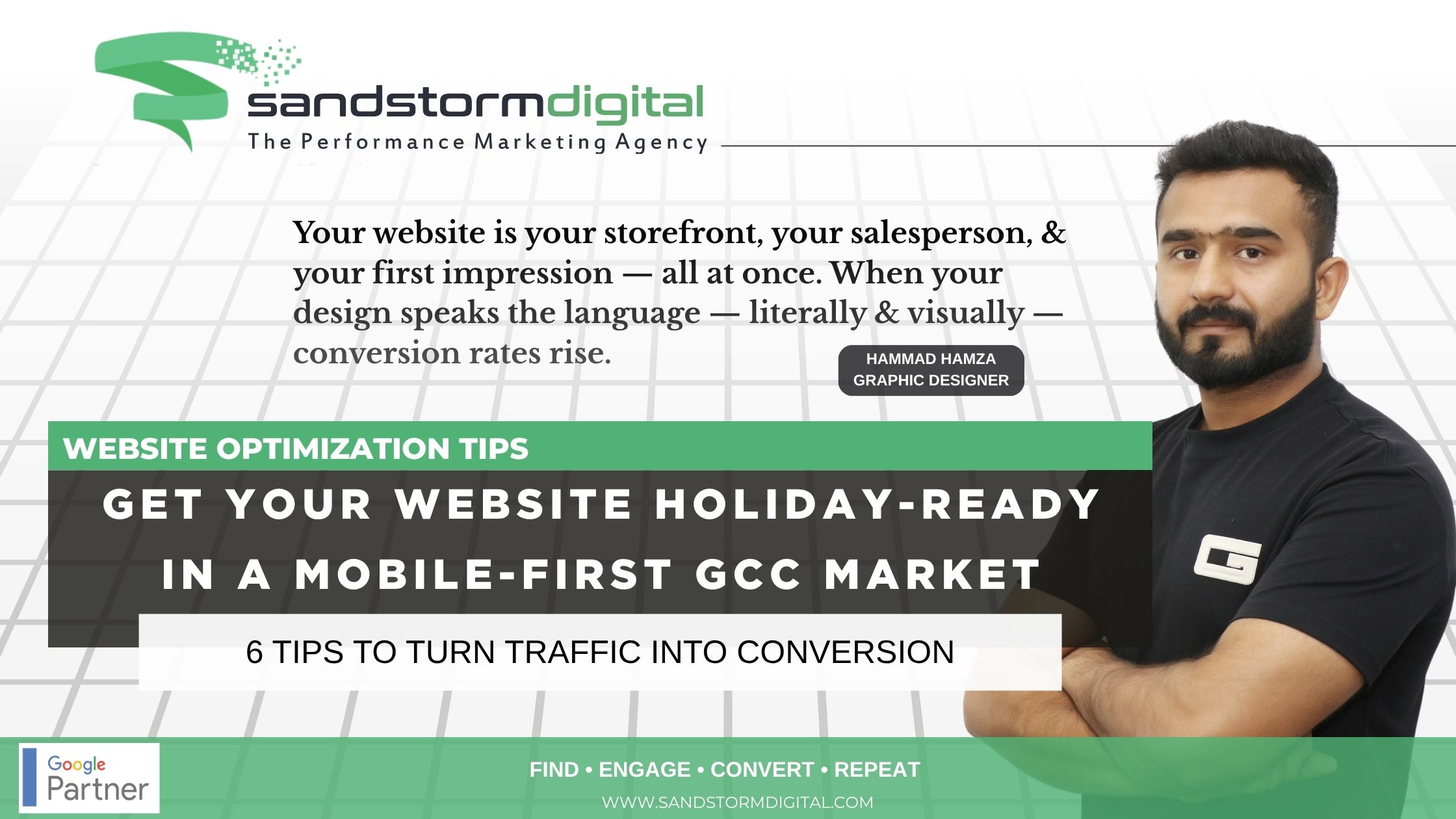
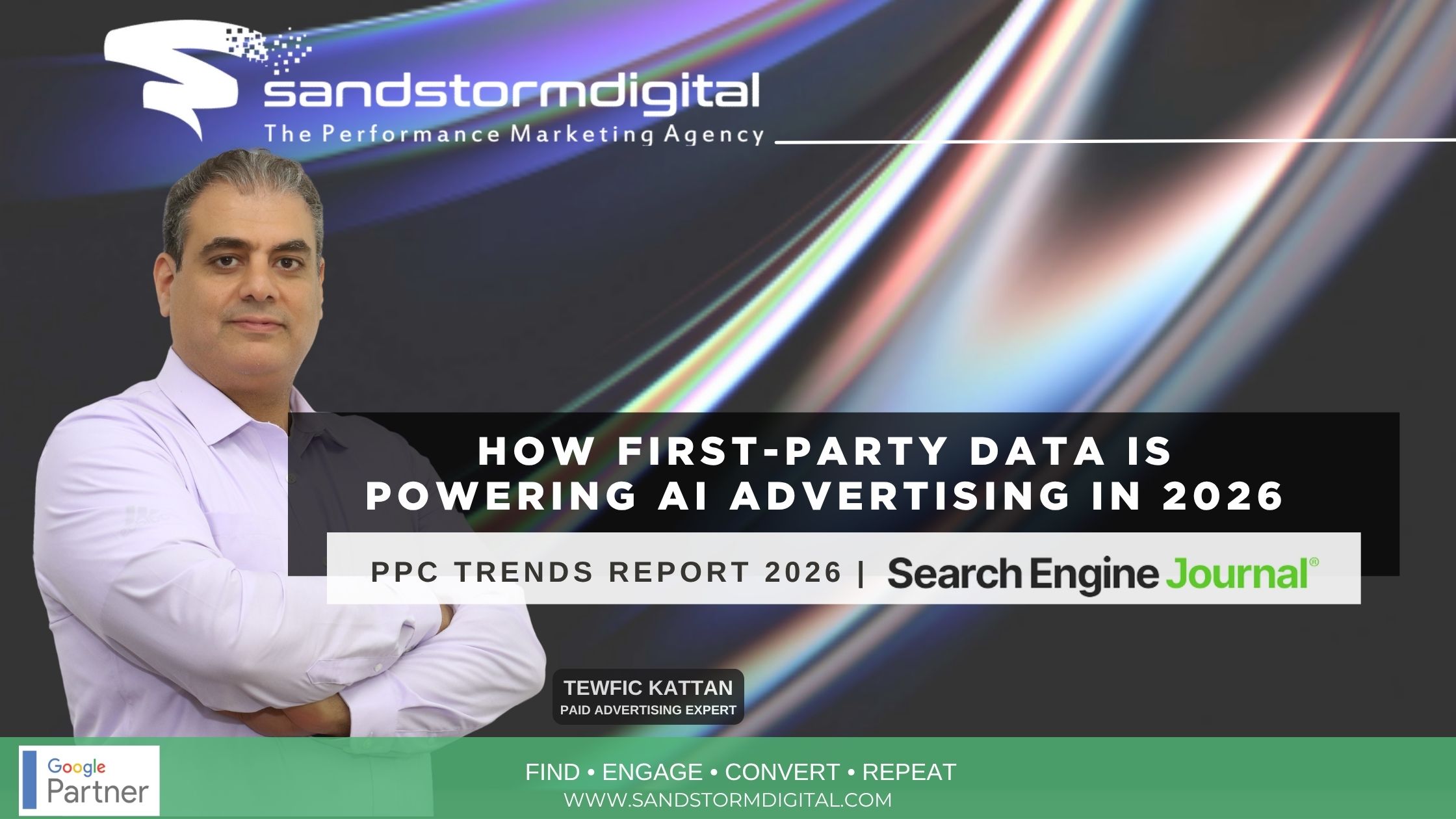

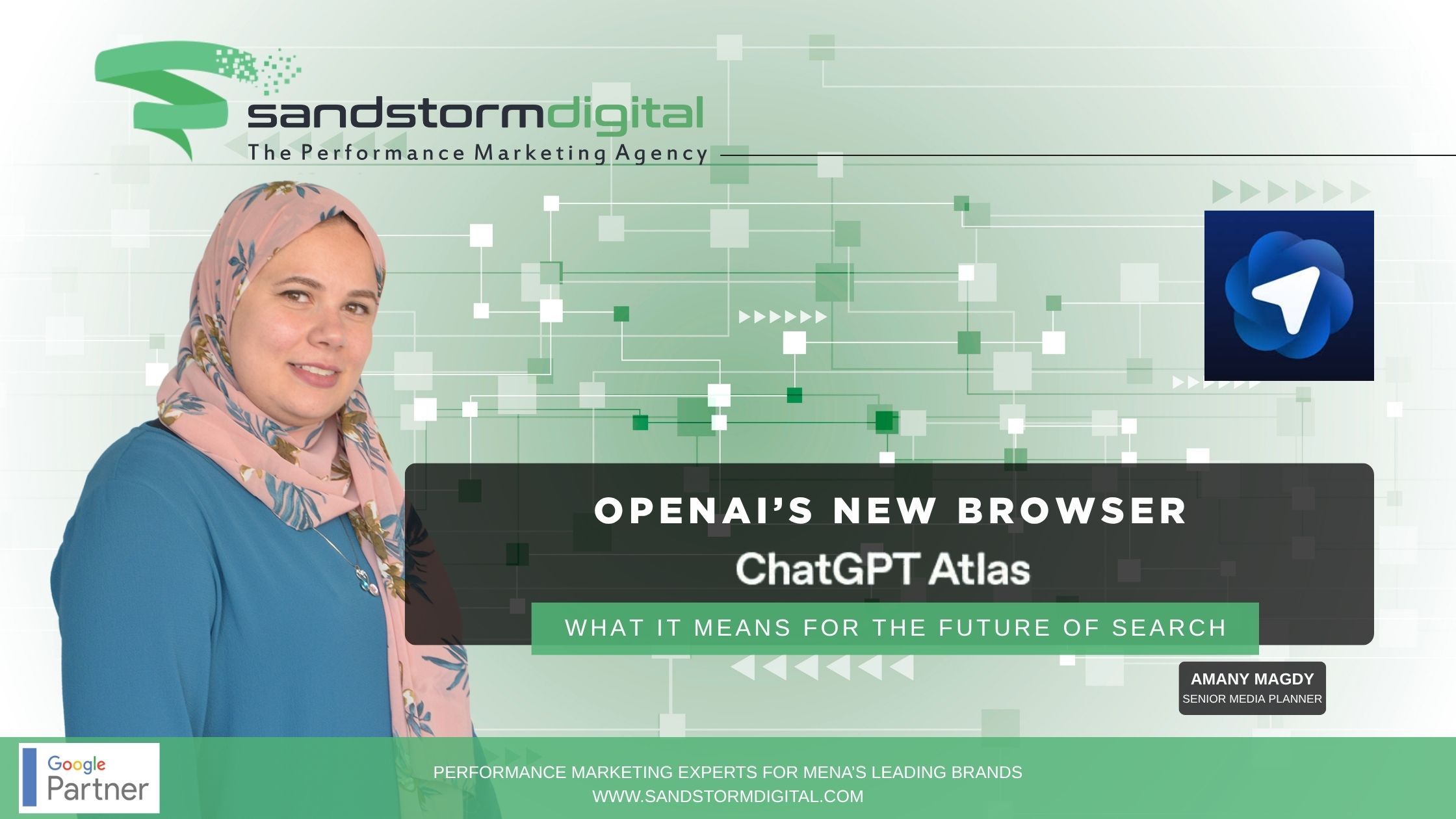

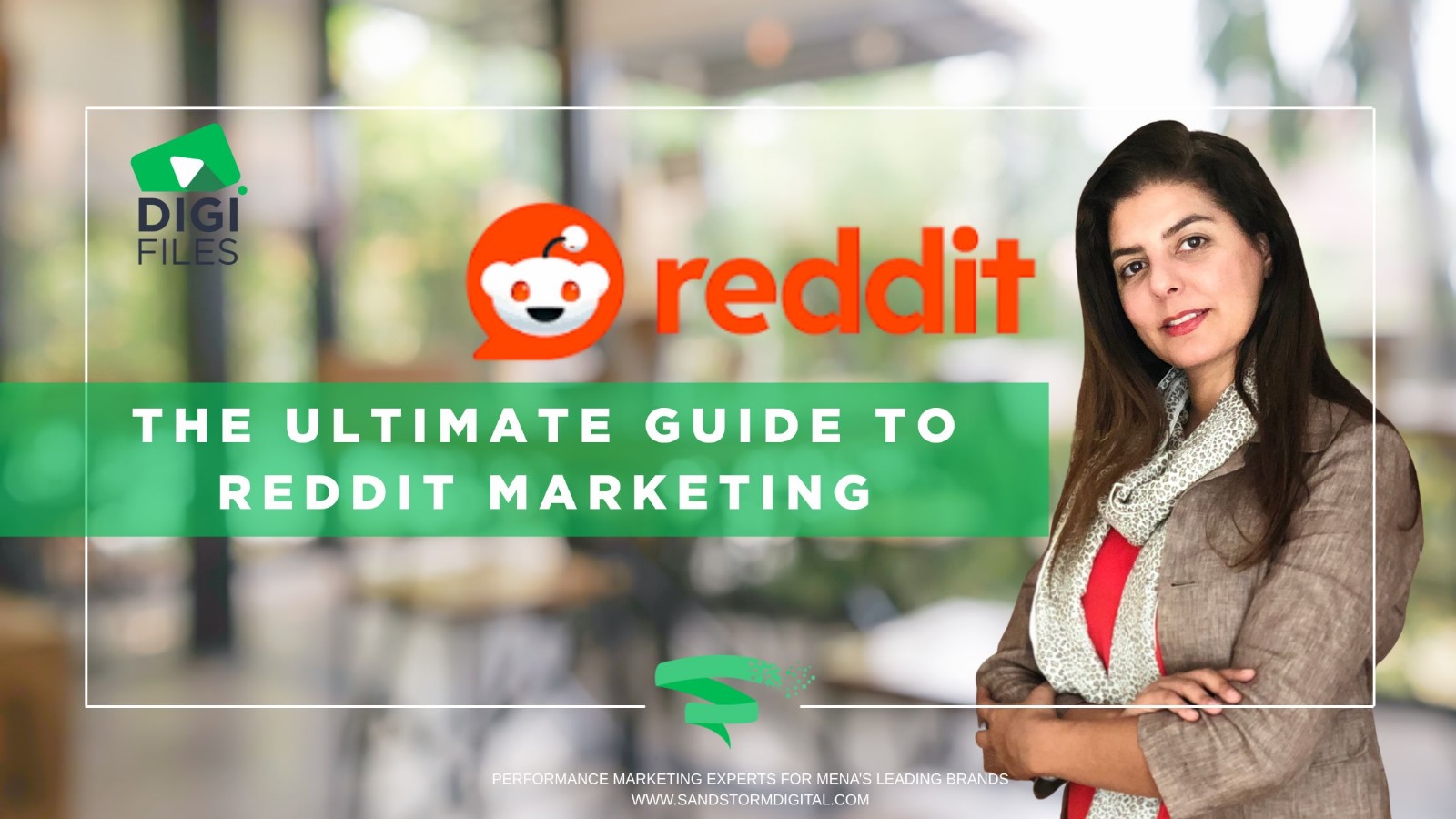

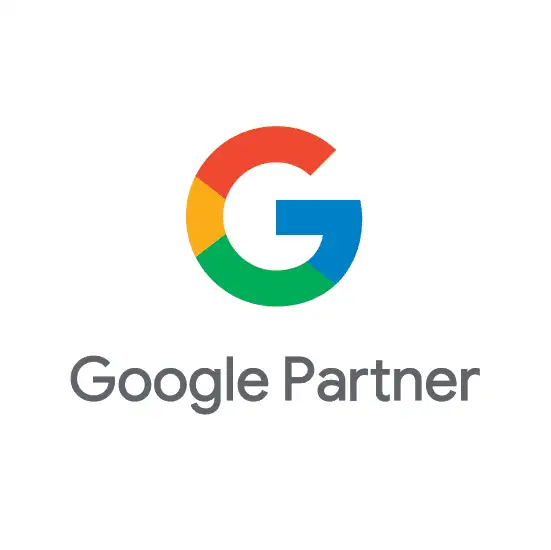

0 Responses
Hi Tewfic, absolutely. I’ve seen many small advertisers and freelancers shy away from PPC because of the belief it is too expensive (which done incorrectly can be of course). One of the ways I have seen PPC budgets get depleted quickly has been due to a lack of proper monitoring. Urgent issues such as broken URLS going unnoticed because specialists have no overview of the status of all the accounts they manage and do not receive the right alerts.
Another worth mentioning is not knowing what negative keywords to add. So much wasted ad spend over the course of a year could be prevented if they had a report on each individual word of their search terms for the last 365 days, after filtering out queries containing their brand and that are already blocked by their negative keyword(s) (lists).
How does Sandstorm Digital ensure these mistakes don’t happen when managing their clients’ accounts? I imagine you have hundreds to keep track of.